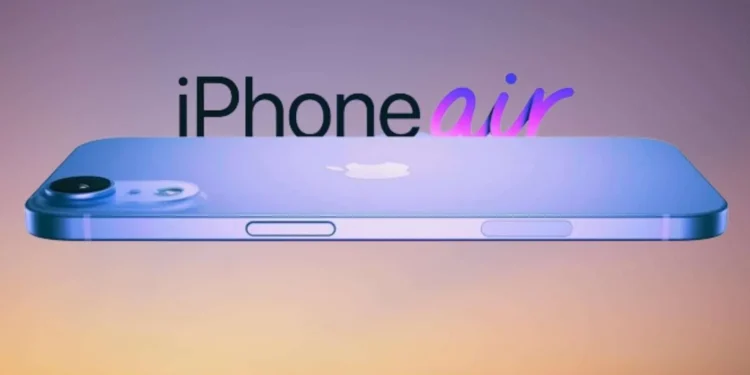As the digital world buzzes with the debut of the iPhone 16 series, Apple enthusiasts and tech aficionados alike are already turning their gaze towards the horizon—specifically, to the fall of 2025. Apple is rumoured to be phasing out the iPhone “Plus” series in favour of a sleek, new model tentatively dubbed the iPhone “Air.” This strategic shift signifies a substantial redesign and repositioning within Apple’s vaunted smartphone lineup.
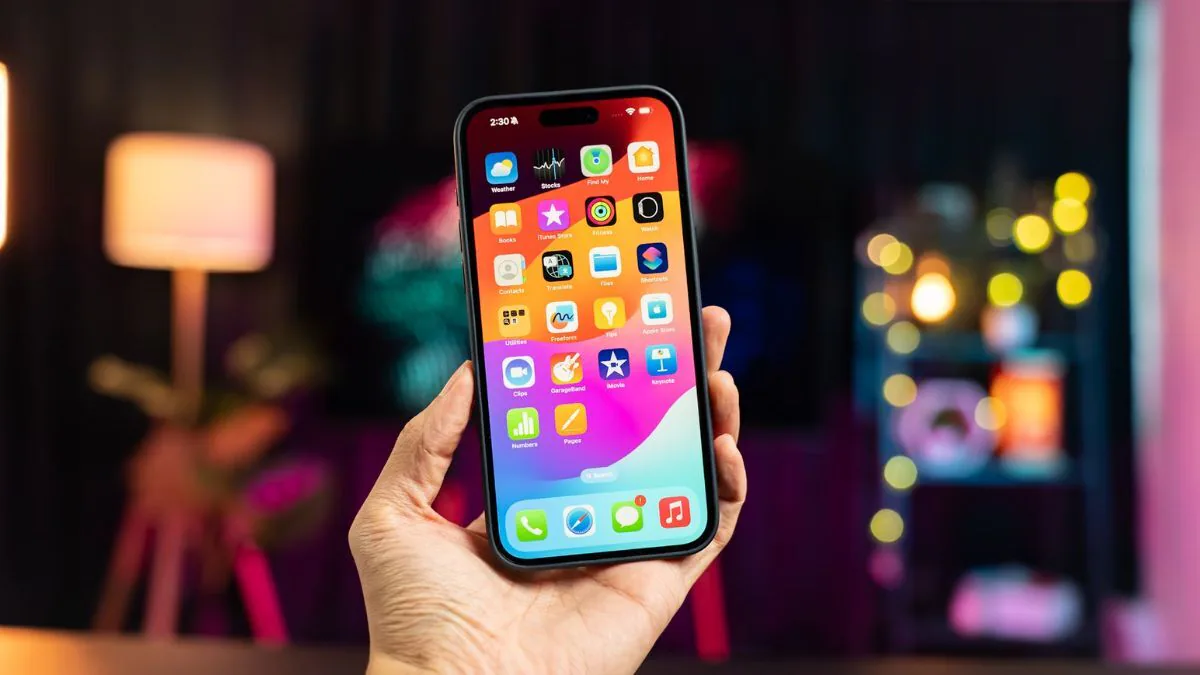
What’s in a Name? The Evolution of iPhone 17 “Air”
Pioneered by insights from Bloomberg’s Mark Gurman and further echoed by YouTuber Jon Prosser, the iPhone “Air” is posited to not only replace the less successful “Plus” model but to carve out a unique niche. Apple’s strategy seems reminiscent of the MacBook Air’s introduction in 2008, which successfully slotted itself between the MacBook and the MacBook Pro. With the iPhone 17 “Air,” Apple appears poised to replicate this successful formula by offering a device that is not only more compact but boasts a dramatically thinner profile that appeals to a different segment of consumers.
Design Innovations: A Leap Towards Slimmer Aesthetics
Confirmed sources like The Information hint at a “significantly thinner” build for the next-gen iPhone, possibly employing an aluminium rather than titanium chassis, contrary to Apple’s trend with their Pro models. While there’s some debate—Ming-Chi Kuo suggests a titanium frame might still be in play—the consensus is clear: Apple is aiming for a radical redesign, internally codenamed D23, that could be as transformative as the iPhone X was.
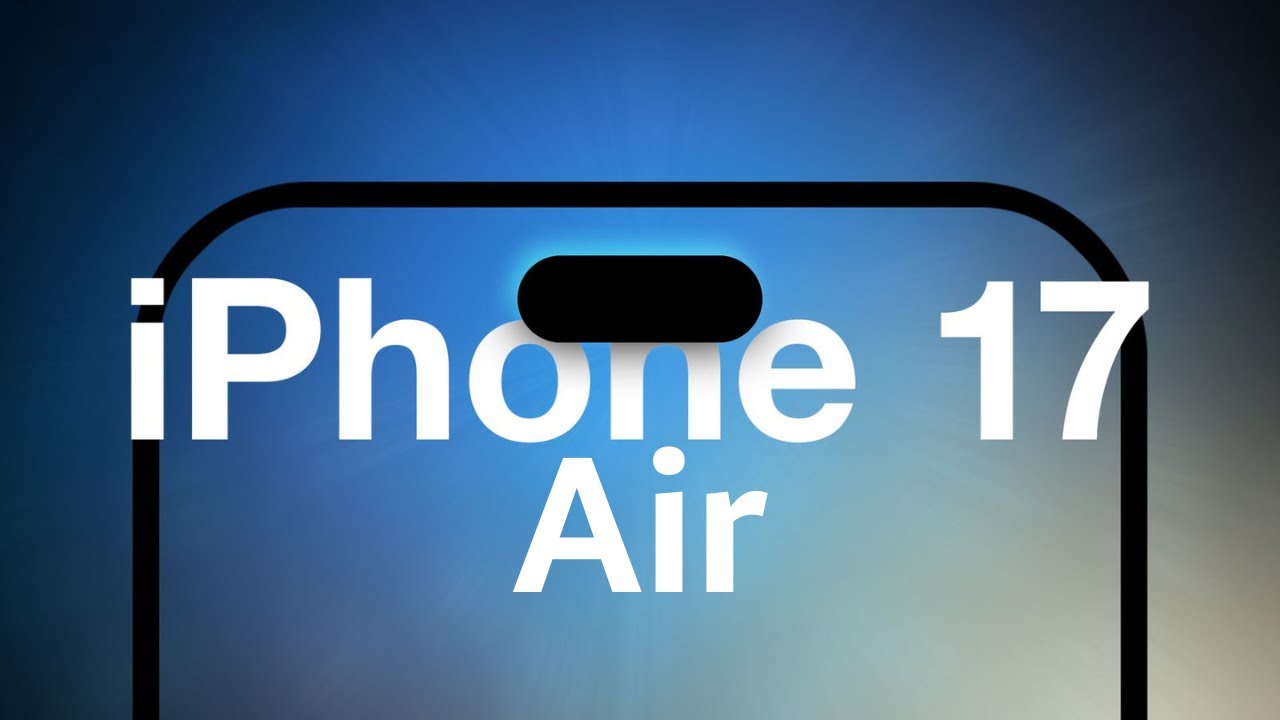
A Smaller, More Advanced Display
Speculation about the display size suggests a slight reduction to 6.55 inches, down from the iPhone 16 Plus’s 6.7 inches. This adjustment aims to enhance the device’s ergonomics without compromising on-screen real estate. Additionally, Apple’s entire iPhone 17 range, including the “Air,” is expected to feature ProMotion technology. This innovation not only enhances the visual experience with a 120Hz refresh rate but also conserves battery life by adjusting the refresh rate down to as low as 1Hz, supporting an always-on display feature.
Camera and Imaging Upgrades: Focusing on New Realms
Perhaps one of the more intriguing changes is the relocation of the iPhone 17 “Air’s” camera. Reports indicate a potential top-centre placement for the rear camera, a stark departure from the traditional top-left positioning that has been a staple since 2007. This model is also rumoured to feature a solitary rear camera, streamlining its design and possibly focusing on enhancing photo quality over quantity.
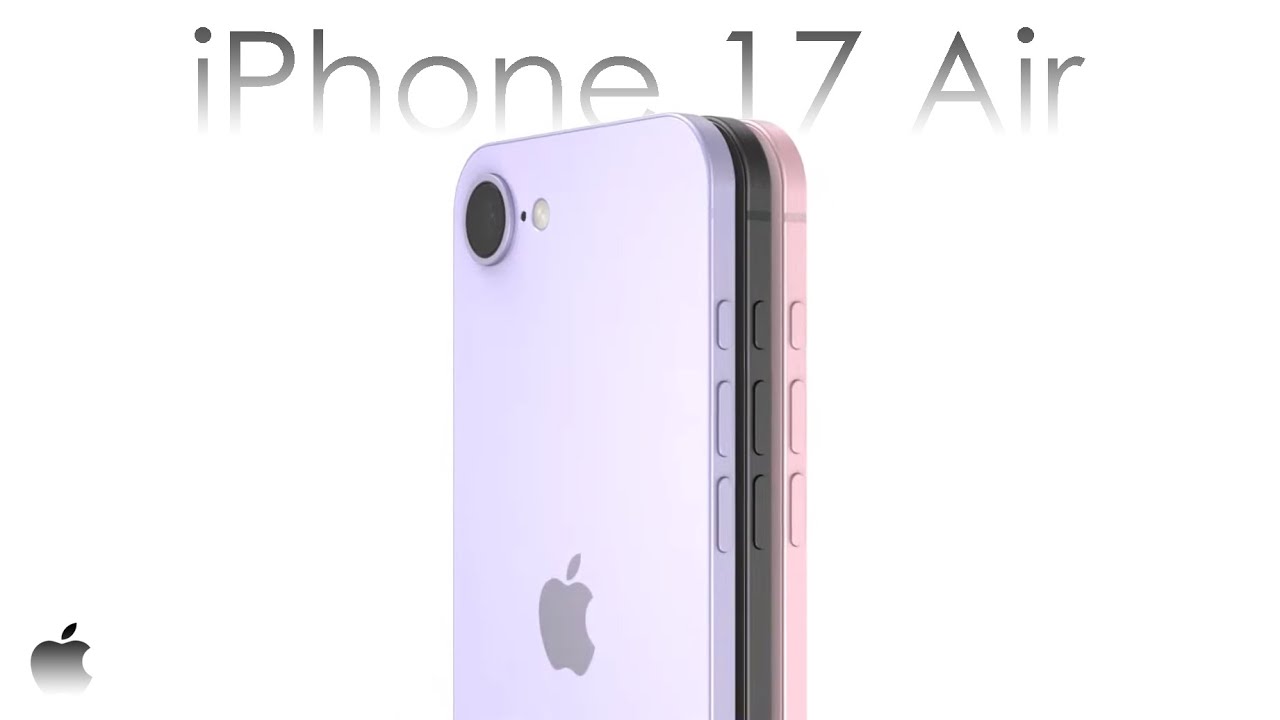
Enhanced Durability and Performance
Further enhancing its appeal, the iPhone 17 “Air” is expected to incorporate an anti-reflective coating that surpasses the durability of the current Ceramic Shield. This move, paired with internal upgrades such as a rumoured 8GB of RAM and Apple’s next-gen A19 chip, indicates significant enhancements in both performance and user experience.
Market Positioning: Premium Pricing for a Premium Device
Despite potentially lacking some high-end features of the Pro Max models, the iPhone 17 “Air” might command a higher price point. The allure of a new, thinner design could justify a premium, much like the original MacBook Air did, emphasizing design and portability over raw power.
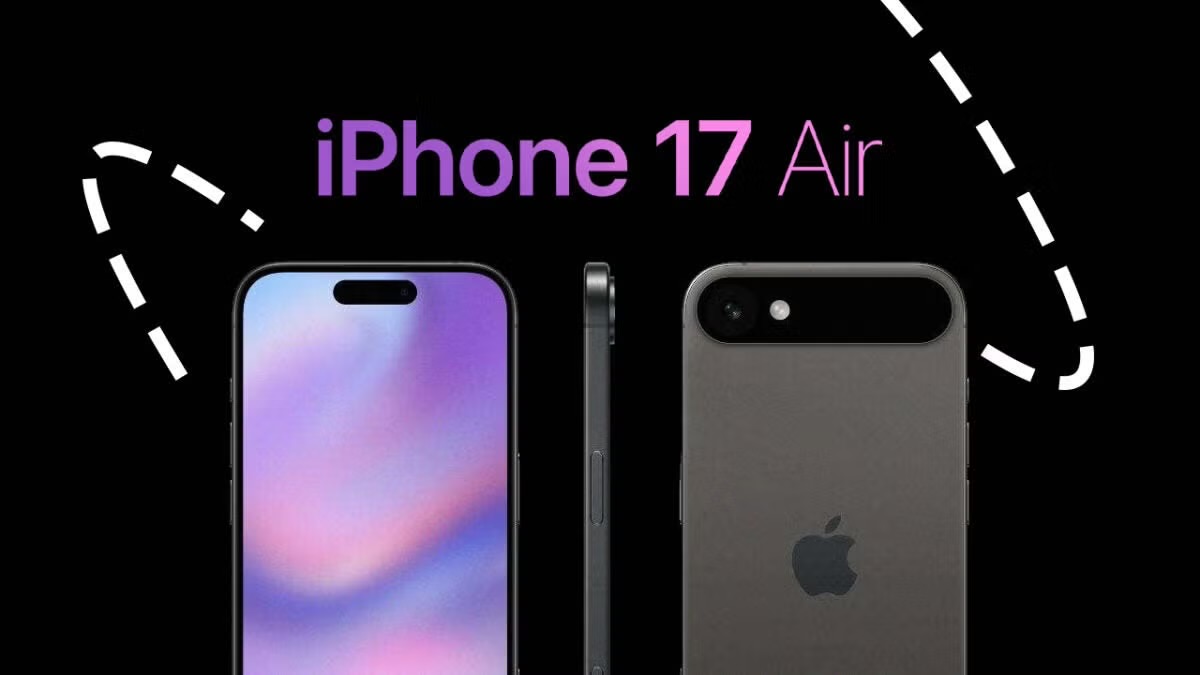
As Apple aims to merge the power of its Pro models with a slimmer design by 2027, the introduction of the iPhone 17 “Air” could be a pivotal step. This model not only anticipates the needs and preferences of future consumers but also aligns with Apple’s long-term vision for its product lineup. The iPhone 17 “Air” is not just a new product but a bold redefinition of what an iPhone can be, promising to reshape market trends and consumer expectations alike.

